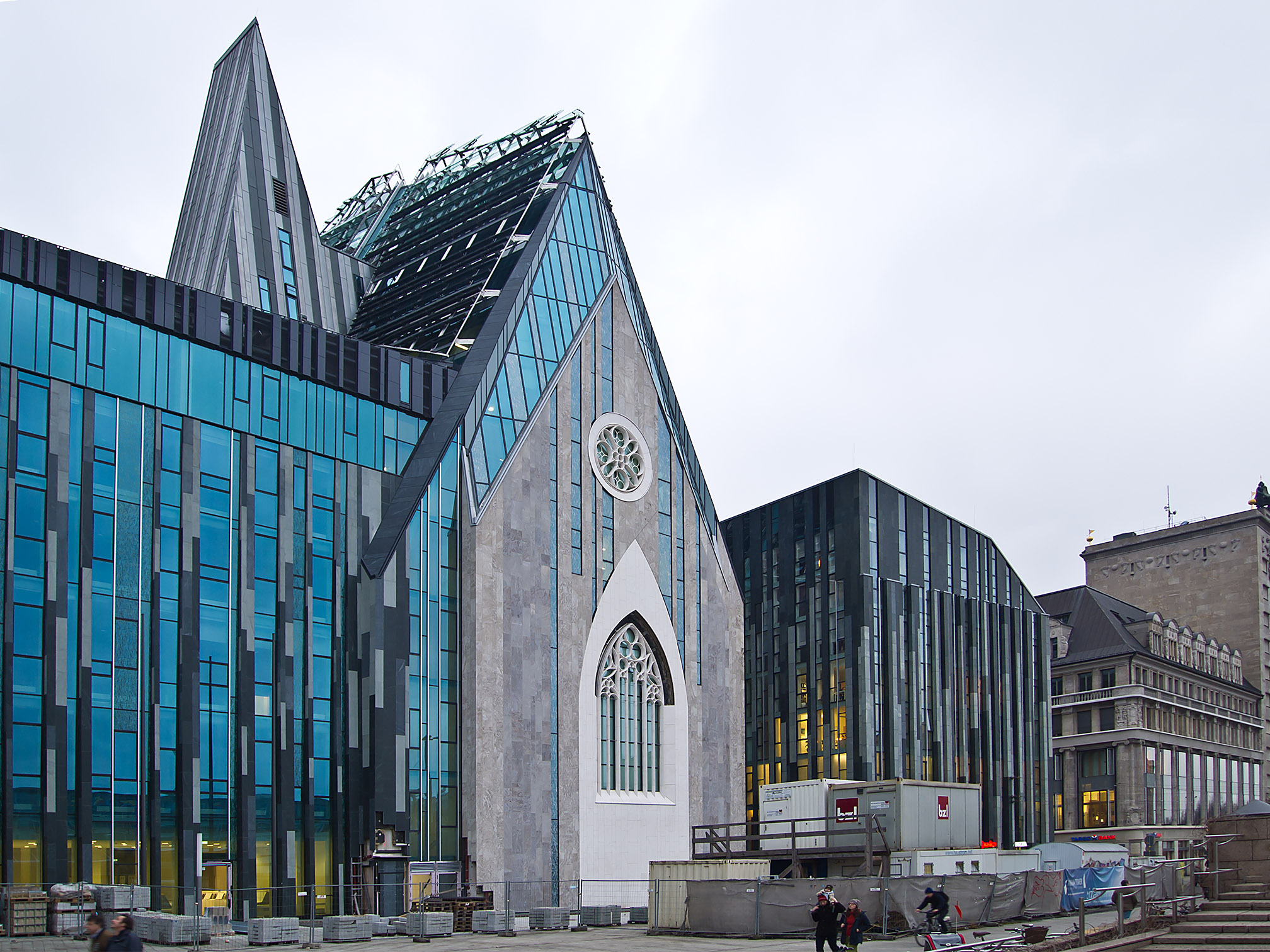Thoughts From the Inauguration of a Grand Cultural Memory in Germany

On the 1 December 2017 the University of Leipzig inaugurated its spectacular Paulinum-Assembly Hall and University Church of St. Paul. This is the official name of one of the most expensive constructions in the history of the Free State of Saxony – a combined university aula and church. What is the point in building a new ”church” in the secularized city of Leipzig? Well, while the Paulinum looks like a church, only a part of it is consecrated. But the architecture of the whole complex draws attention to the medieval church which the GDR regime had blown up in 1968. This old monastery church was re-inaugurated by Martin Luther, in 1545, to become the first evangelical university church in Germany. In St. Paul, the Leipzig University continued a tradition which Luther and the other reformers have so often been ascribed: disputations. With few exceptions and interruptions, the university church in Leipzig would host free academic and spritual speech and debate until 1968. Indeed, the Head of State Walter Ulbricht had had enough of ”free speech” and of the univerisity-church union and decided to build a secular Karl-Marx-University instead.
The St. Paul University Church was also well known for its musical history. Johann Sebastian Bach performed several times here. In fact, he wanted to become a cantor in St. Paul, but he had many critics at the University and had to part with this dream. Another composer connected with the University Church of St. Paul is Felix Mendelssohn, who was director for the Leipzig Gewandhaus Orchestra rehersing in this church. The list of musicians and priests connected with the St. Paul Church can be made long. So can the list of those who were buried under the old church. Luther’s enemy Johann Tetzel who preached in favour of indulgences was buried here. So was Martin Luther’s oldest son Paul Luther, and more than 600 other celebrities. They were all transported – along with the rubble after the big detonation – to a mass grave in neighbouring Probstheida.
All of these mentioned stories, and many more have been deeply engraved in the cultural memory in Leipzig. So has the bitternes against the Social Unity Party, Walter Ulbricht, Paul Fröhlich and other politicians who so easily managed to wipe out a vital part of the university and city of Leipzig. The building of the Paulinum has taken 13 years. There have been many arguments along the way, and many of them have been connected with the painful memories of the past in Leipzig and the former GDR. And this is something, which the speakers at the inauguration ceremonies have brought to the fore … hoping that the Paulinum may heal at least some of the wounds created by the socialist regime.
Kim Groop (who has had the honour of being invited to the inauguration)
